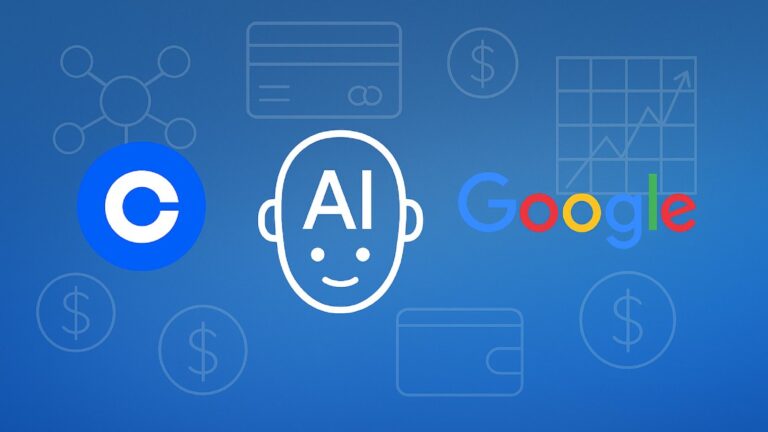Google and Coinbase Collaborate to Integrate Stablecoin Payments into AI Transactions
In a groundbreaking partnership, Google and Coinbase are working together to incorporate Stablecoin payments into an innovative open-source protocol specifically designed for AI transactions. This collaboration represents a fusion of blockchain technology and real-world applications, enhancing financial interactions for AI systems.
Key Highlights
- Google has unveiled a new AI payment protocol supporting both traditional methods and Stablecoins.
- Coinbase is partnering with Google to incorporate Stablecoin features into the framework.
- The system utilizes Google’s Communication Platform Agent2agent for AI interactions.
- Over 60 organizations, including major players like Salesforce and American Express, have contributed to this initiative.
Overview of the Initiative
Google has launched an open-source payment system that enables AI agents to perform financial transactions using both Stablecoins and conventional payment methods such as credit cards. Collaborating closely with Coinbase and the Ethereum Foundation, Google aims to ensure that AI-focused transactions are transparent, secure, and aligned with human intentions.
Announcement of the agents’ payment protocol (AP2), an open and shared protocol which provides common language for secure and compliant transactions between agents and traders. AP2 can be used as an extension of the A2A and MCP protocol. Learn how it works ↓ https://t.co/rbfzpu2qui
Bridging AI and Finance
In a significant advancement towards merging AI with digital finance, Google has introduced a protocol that enables AI applications to send and receive payments seamlessly. This innovative approach supports Stablecoins like USDC, providing an alternative to traditional fiat-based payment methods.
The collaboration with Coinbase, a leading cryptocurrency exchange in the United States, ensures a robust payment infrastructure supplied by AI. This integration guarantees full interoperability, allowing for safe and efficient processing of payments initiated by AI agents.
AI agents can finally pay themselves thanks to @googledevs “Agent payment protocol (AP2) + X402. 👏 Alongside Google and Lowe’s Innovation Labs, we have built a proof of concept where AI agents can plan a project, build a basket and pay with stablecoins. 👇 pic.twitter.com/fq3Yfjh6rh
Leveraging Agent2agent Technology
The new payment protocol builds on Google’s previously introduced Agent2agent system, aimed at normalizing communication between AI-driven agents. These autonomous software entities can execute tasks such as online shopping or finding financial products independently of human intervention.
This payment extension is designed to ensure that AI-to-AI transactions are secure, interoperable, and accurately reflect user intent. This initiative is part of a broader trend whereby AI systems are expected to operate and communicate directly, reducing human involvement in everyday tasks.
Growing Momentum for Stablecoins
This collaboration arrives during a significant rise in Stablecoin utilization. As reported by Defilma, the total supply of Stablecoins surged from $205 billion to $289 billion this year, underscoring increasing institutional and retail interest in cryptocurrencies pegged to fiat currencies.
Recent regulatory developments, including the Genius Act in the United States, have further accelerated adoption by providing a federal framework for Stablecoins, legitimizing their incorporation into traditional financial systems. Market projections estimate that Stablecoins could reach a $400 billion market cap by 2025 and potentially $2 trillion by 2028.
A Collaborative Effort Across Industries
Google’s protocol was not developed in a vacuum; over 60 organizations contributed to this initiative, featuring notable companies like American Express, Salesforce, and Etsy. This collaborative approach underscores a commitment to integrating web3 technologies with traditional financial services. The involvement of the Ethereum Foundation adds further credibility and interoperability to the protocol within the blockchain ecosystem.
Conclusion: A New Era of AI and Finance
This convergence of AI, cryptocurrency, and traditional finance signals a future where software agents operate on behalf of users across various ecosystems, managing tasks and transactions with minimal friction. The innovative work by Google and Coinbase not only allows AI to communicate but also empowers it to process payments like humans. If successfully implemented on a large scale, this initiative could redefine Stablecoins from merely being crypto products to essential tools for everyday utility.

